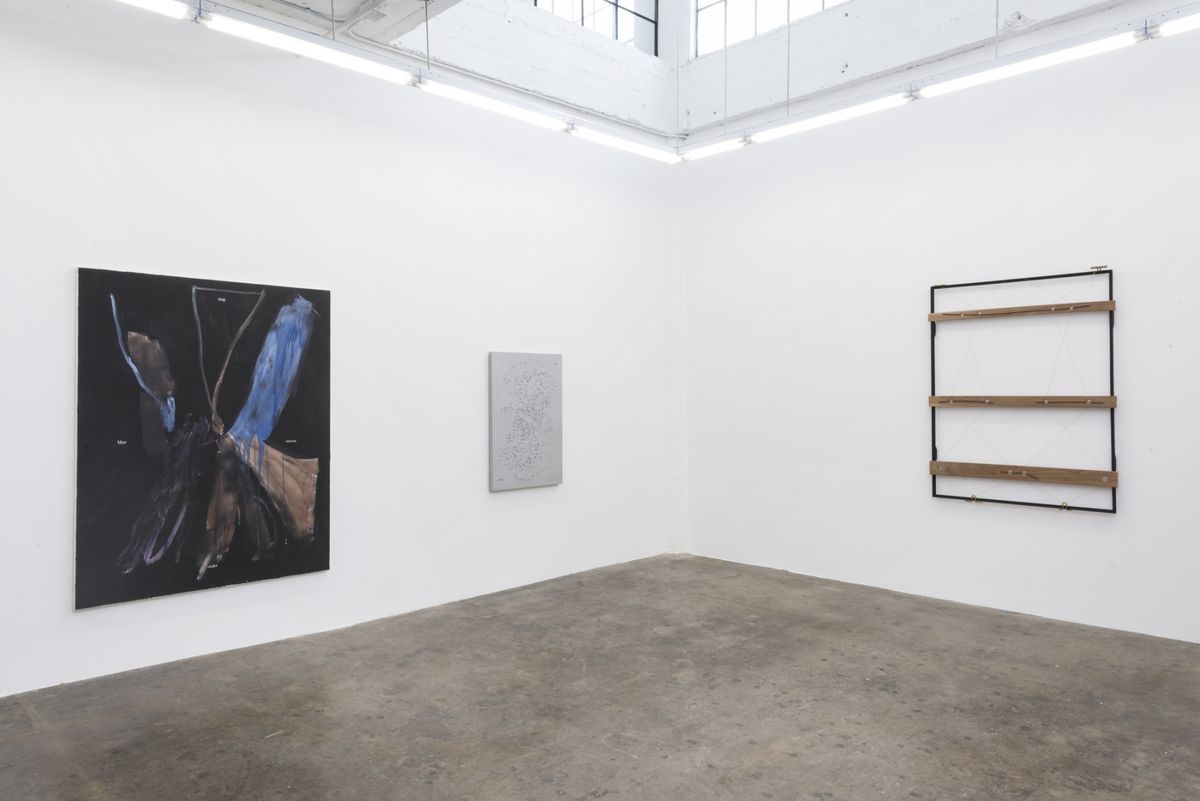
GAVLAK is pleased to present Traces on the Surfaces of the World, a group exhibition featuring Cristine Brache, Henry Chapman, Alex Chitty, Gisela ColoÌn, Amalie Jakobsen, and Dean Sameshima.
Traces on the Surfaces of the World brings together six international artists whose works stage the anxious encounters between human bodies and inanimate objects that define a world reformed by an all-encompassing fear of contagion. In “Traces on the Surfaces of the World,” Judith Butler parallels the invisible passage of a virus from bodies to objects to other bodies, to the similarly invisible machinations of socio-political paradigms that dictate who must assume the risk of contact, and by extension which lives are expendable. Artists and theorists have for decades romanticized the notion of dissolving the distance between art objects and those who experience them: this exhibition probes the dimensions of a reality in which this longed-for contact has become especially fraught. The exhibition opens on March 13th and will be on view through April 24th.
Henry Chapman’s sing blue brown violet (2020) marks the limits of the artist’s physical reach in swaths of luminously pale pigment that glow against a dark background like biological traces under black light. Dean Sameshima’s Pleasure Doesn’t Really Make You Happy (2011) preserves the fluid products of bodily exchanges, transforming the canvas into a ghostly relic of a recent past in which such encounters did not entail the same danger they currently do. Alex Chitty’s Two people drawing together (Danny Shapiro IV) (2017) submits the page as a site of intimate exchange in the form of a mutually informative web of fragile and occasionally tenuous lines. This delicate equilibrium takes a three-dimensional form in Chitty’s austere string paintings, in which the cotton fibers that make up the canvas that typically serves as the neutral surface for painting in the Western tradition are instead transformed into dynamic linear compositions in space, the simple mechanics of which can be both discerned and undone in the mind of the beholder.

